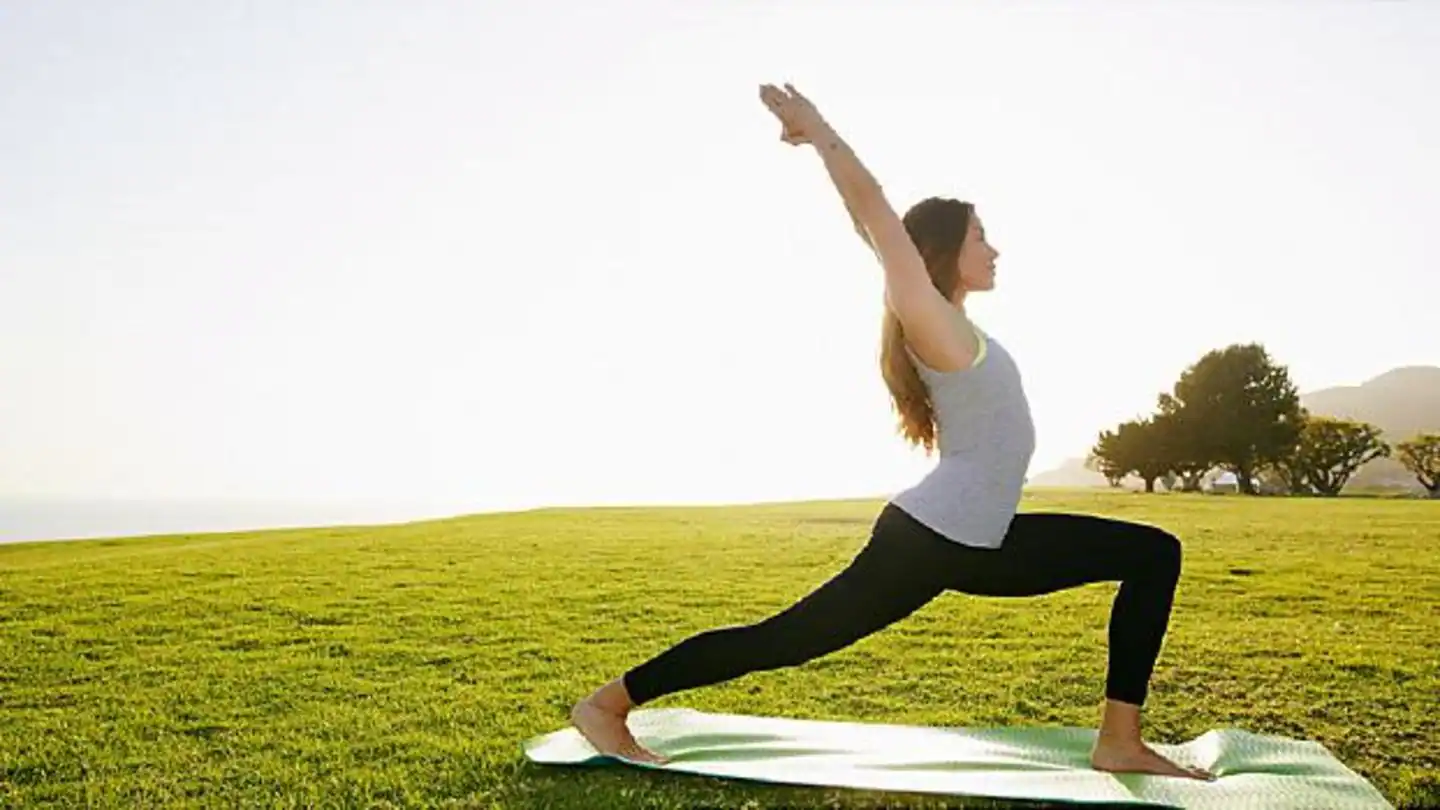You might have seen and heard of many individuals climbing the tallest mountains. At times even you might have imagined self on the top with an air of victory in your lungs. But, mountain climbing is not a walk in the park. You have to learn and practice a lot before you set foot on one of these nature’s behemoths.
Mountain climbing is not only about knowing and using the right equipment. It requires mental and physical toughness from your side. Mindset and physical strength play a vital role in deciding if you can climb a mountain or not. Do you know that yoga and mountain climbing go hand-in-hand? The answer is a resounding – YES!
Reasons Why Yoga and Mountain Climbing Go Hand-in-Hand
Given below are three reasons why mountain climbing and yoga go hand-in-hand.
1. Mindfulness
Mountain climbing is not only about brute strength. You must understand the role that breathing plays in it. Similar is the scenario with yoga practice. In yoga it is important for you to pay attention to breathing. Proper breathing in yoga can help you remain calm when climbing a rock without much mental or physical exertion.
2. Core Strength
Having core strength is something you cannot ignore in mountain climbing. This core strength helps you keep the hips close to a rock during the climb. It helps distribute more weight to your feet than only the arms.
You learn this in yoga sessions which teacher you how to hug your midline. Knowing this helps you remain stable during the climb. Signing up for the Yoga Alliance certificate can help you learn this technique with ease.
3. Injury Prevention
Having a strong core improves your chances of keeping away climbing-related injuries. Yoga helps you develop muscular balance. This helps you perform calculated body movements during mountain climbing expeditions.
For this to happen you should practice the right yoga poses.
Yoga Poses for Mountain Climbers
Before moving ahead there are a few tips you should keep in mind when starting yoga as a mountain climber.
Beginner Yoga Practice Tips
- Expand your full back with a deep breath.
- Lengthen the sides of your body.
- Hold every yoga pose for 30 to 60 seconds.
- Do not go for maximum extension, especially if you are new to yoga.
- Stand tall. Do not stick out your buttocks or chest.
- Do asymmetrical yoga poses on both sides.
That said, let us now take a look at the two most important yoga poses made for a mountain climber.
1. Mountain Pose
- Stand straight on the yoga mat. Touch your heels and big toes together.
- Rest the balls of your toes on the floor. Stretch all the toes.
- Distribute your bodyweight among the center of feet, outer feet, balls of toes, and heels of feet.
- Engage your knees. Contract and pull the muscles of your knees, hips, and thighs.
- Stretch both arms over the side of your thighs. Keep them a little apart from the thighs.
- Gaze straight.
- Take a deep breathe.
- Hold this pose for a few seconds. Release with an exhale.
The Mountain pose is an excellent yoga exercise to remain still, calm, and grounded.
2. Downward Dog Pose
- Come onto the yoga mat with hands and knees.
- Keep your wrists underneath the shoulders. Place both knees under your hips.
- Curl both toes under. Push back with your hands to lift your hips. Straighten your legs.
- Spread your fingers. Ground down from your forearms into the fingertips.
- Rotate your upper arms to broaden the collarbones.
- Hang down your head. Move shoulder blades away from your ears and towards the hips.
- Engage your quadriceps. This takes the burden of your body weight off the arms.
- Rotate your thighs inward. Keep your tail high. Sink both heels towards the floor.
- Come onto the plank position to ensure there is equal distance between your hands and feet.
- Exhale.
- Bend your knees to release the pose. Come back to your hands and knees.
Mountain climbing is not easy. It requires physical and mental toughness to scale a mountain without losing focus and concentration. The RYT certification can help you practice yoga to do that.
Conclusion
Yoga is not only asanas and Pranayama. There are many yoga exercises that help you enjoy physically and mentally challenging activities. You should sign up for the Yoga Alliance certificate to learn yoga techniques for effortless mountain climbing.

